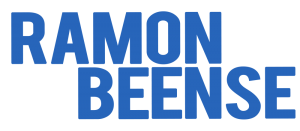In a world of collaboration, businesses have often designated spaces for meetings and discussions. Board rooms and conference rooms are two of the most popular options. While they have similar functions these spaces differ in terms of purpose design, appearance, and even. Understanding the differences between them allows companies to make the most of these important resources.
The main function of a boardroom is hosting meetings of the company’s board of directors, a group of individuals chosen by shareholders to oversee the company. At these meetings, important decisions about the company’s strategy in terms of policy formulation, as well as major investments. These meetings are held frequently, at least one every quarter.
Therefore, boardrooms must have an elegant and formal atmosphere to reflect the https://boardroomfoundation.com/driving-success-in-ma-deals-harnessing-the-power-of-data-room-services/ seriousness of the discussions that are held in them. They should also be outfitted with the appropriate infrastructure to facilitate efficient communication, such as audiovisual equipment such as large screens, video conferencing, and projectors. Whiteboards can be used for brainstorming and taking notes.
In contrast to boardrooms and meeting rooms meetings rooms are more casual and are designed to accommodate a range of different types of meetings. They can be used, for instance for meetings with departments or presentations for clients. Meeting rooms can be used to host virtual meetings. This brings many benefits to board members including increased attendance and decreased travel costs. Virtual boards facilitate faster decision-making since they do not require everyone to be physically present in order to discuss and agree on a set of action.
